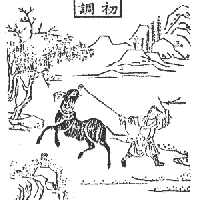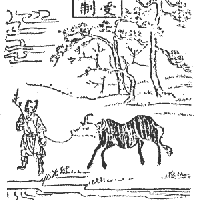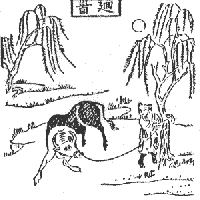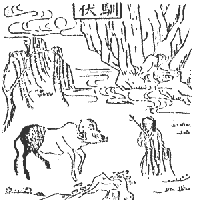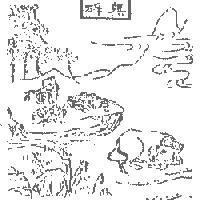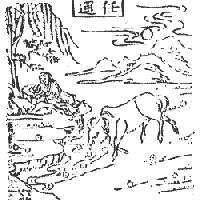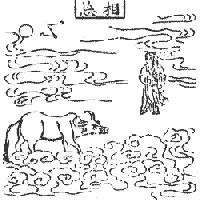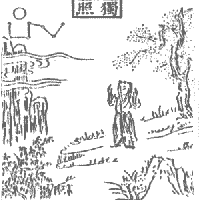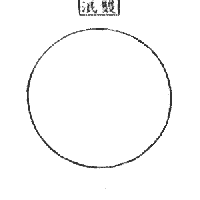Philosophy
Chinese classic books of wisdom such as the Tao Te Ching and the I Ching yield plenty of material that can be linked with T'ai Chi, and much to contemplate. The meditative processes associated with Tai Chi can lead to insights into one's place in the wider scheme of things. For those that wish, there are opportunities to explore the philosophical aspects of T'ai Chi and Taoism at regular intervals (see specia1 events listings).

Can you be both martial and spiritual?
Can you overcome your ultimate opponent?
To be martial requires discipline, courage and perseverance. It has nothing to do with killing. People fail to look beyond this one narrow aspect of being a warrior and so overlook all the other excellent qualities that can be gained from training. A warrior is not a cruel murderer. A warrior is a protector of ideals, principle and honour. A warrior is noble and heroic.
A warrior will have many opponents in a lifetime, but the ultimate opponent is the warrior's own self. Within a fighter's personality are a wide array of demons to be conquered: fear, laziness, ignorance, selfishness, egotism and so many more. To talk of overpowering other people is inconsequential. To actually overcome one's own defects is the true nature of victory. That is why so many religions depict warriors in their iconography. These images are not symbols for dominating others. Rather, they are symbols of the ferocity and determination that we need to overcome the demons within ourselves.
DENG MING DAU
Some thing is mysteriously brought into existence,
long before Heaven or Earth is made.
It is silent and shapeless,
It has no equal.
It is always present, endlessly in motion.
From it, like from a mother, everything living has come.
I do not know what to call it.
So I shall call it Tao.
Reluctantly I shall call it the Greatest.
Being the greatest, it goes everywhere
Silently it fills all.
from Tao Te Ching by Lao Tzu
Modern physics, then, pictures matter not at all as passive and inert, but as being in a continuous dancing and vibrating motion whose rhythmic patterns are determined by the molecular, atomic and nuclear structures This is also the way in which the Eastern mystics see the material world. They all emphasize that the universe has to be grasped dynamically, as it moves, vibrates and dances; that nature is not in a static, but a dynamic equilibrium. In the words of a Taoist text,
The stillness in stillness is not the real stillness. Only when there is stillness in movement can the spiritual rhythm appear which pervades heaven and earth.
From The Tao of Physics by Fritjof Capra

